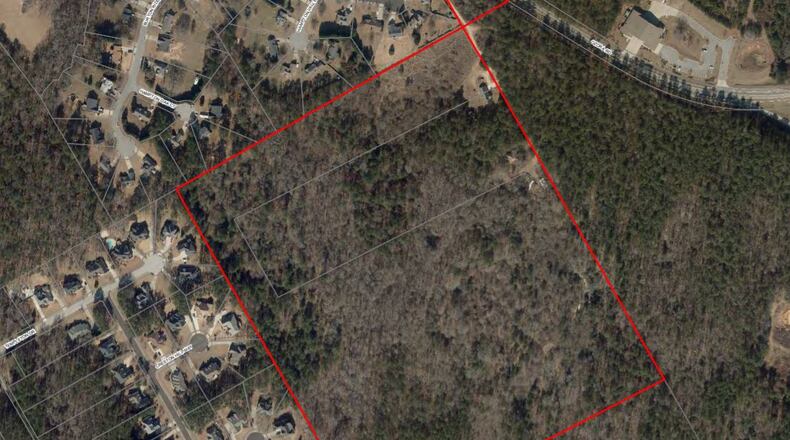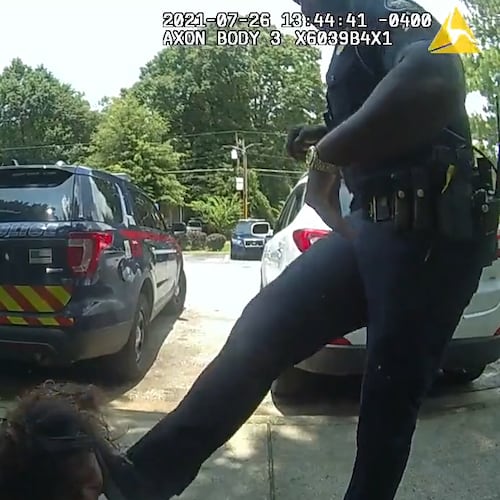A new solid waste “transfer station” — where trash from local households would be stored before relocation to a landfill — is being proposed for a 50-acre site in eastern Gwinnett.
Proposals for the project at 875 Ozora Road near Loganville were filed this month with Gwinnett County and the state. The project is significant enough to warrant consideration through the Georgia Department of Community Affairs' Developments of Regional Impact program.
The program allows agencies like the Atlanta Regional Commission to evaluate large-scale projects “that are likely to have regional effects beyond the local government jurisdiction in which they are located.”
The site proposed for the Ozora Road transfer station is about a mile south of Tribble Mill Park and a few miles north of Gwinnett’s border with Walton County. Most of the property in question consists of trees and other undeveloped land, and one side of the lot backs up to a quarry operated by Vulcan Materials.
The northern and western borders of the project site, meanwhile, touch residential neighborhoods.
The developers behind the project are listed as Darron Britt and Buddy Ray Johnson. It was not immediately clear if they were working on behalf of a specific waste disposal company.
In paperwork filed on the developers’ behalf, attorney Shane Lanham wrote that the waste station would be “located as far away from adjacent residential structures as possible and closest to the adjacent quarry.”
They proposed an undeveloped buffer of at least 100 feet where the property borders residential areas.
According to Gwinnett Clean and Beautiful, there are four existing solid waste transfer stations in Gwinnett: two in the Lawrenceville area, one near Norcross and one near Doraville.
In order for the new station near Loganville to move forward, the property must be rezoned from a residential classification to M-2, a “heavy industry district.” A special use permit would also be required.
Those requests are scheduled to be considered by the Gwinnett County planning commission during its July meeting. They would then have to be approved by the county’s Board of Commissioners.
All that is in addition to the Developments of Regional Impact process through the state.
About the Author
Keep Reading
The Latest
Featured



